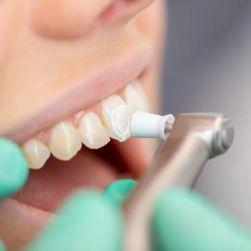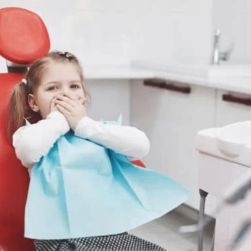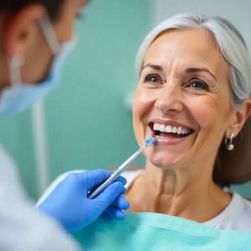Understanding Oral Cancer: Signs, Prevention, and Early Detection
Oral cancer poses a significant threat to oral health and overall well-being. It can affect any part of the mouth, including the lips, tongue, cheeks, and throat. With more than 49,000 new cases diagnosed annually in the United States alone, awareness and education are critical in combating this disease. Although oral cancer can be life-threatening, early detection and prevention can improve prognosis significantly. In this article, we delve into the signs of oral cancer, and how diligent preventive care and early detection strategies can help safeguard your oral health.
Recognizing the Signs of Oral Cancer
Identifying the early signs of oral cancer is crucial for effective management and treatment. Persistent mouth sores, lumps, or bumps in the mouth could be primary indicators of the disease. These symptoms often go unnoticed because they may present as painless at the onset. In addition, white or red patches inside the mouth, difficulty in chewing or swallowing, and numbness in the tongue or other areas of the mouth are common signs. Hoarseness and unexplained bleeding or weight loss may also be associated with oral cancer. Understanding and recognizing these symptoms can lead to prompt medical attention and improved outcomes.
Prevention of Oral Cancer
Preventing oral cancer involves adopting a proactive lifestyle and making informed health choices. Tobacco use and excessive alcohol consumption are major risk factors that can be mitigated by cessation and moderation, respectively. A diet rich in vitamins and antioxidants can bolster oral health, providing protective effects against cancerous changes. Regular dental check-ups, such as those recommended by Dentistry Toothtruth, play a vital role in preventive care. Professional cleaning and examinations can detect precancerous conditions early, allowing for timely interventions.
Importance of Early Detection
Early detection of oral cancer can significantly increase survival rates, with localized cancers having an 80-90% five-year survival rate if caught early. Regular oral health examinations are crucial. Advanced diagnostic tools like biopsies and imaging tests employed by dental professionals enhance the accuracy of early detection. Furthermore, self-examinations conducted at home can complement professional screenings. By routinely checking for abnormalities and consulting healthcare providers when uncertainties arise, individuals can contribute to earlier diagnosis and treatment.
The Role of Education and Awareness
Public education and awareness campaigns can significantly impact the prevention and early detection of oral cancer. Dentistry Toothtruth emphasizes the importance of staying informed about risk factors and symptoms. Educational initiatives can encourage preventative measures and dispel myths about oral cancer. Community outreach and seminars can bridge the knowledge gap and empower individuals to take charge of their oral health. By spreading awareness, we can foster a proactive and educated public that champions its own health.
Conclusion: Stay Vigilant and Proactive
Oral cancer remains a critical public health challenge in the United States, but it is preventable and treatable with the right strategies. Recognizing the signs of oral cancer and taking preventive steps are key components to maintaining oral health. Early detection through regular dental visits, such as those advocated by Dentistry Toothtruth, can significantly improve treatment outcomes. By staying informed, adopting healthy habits, and encouraging education and awareness, we can collectively reduce the incidence and impact of oral cancer. Make preventive care a priority for a healthier future.






